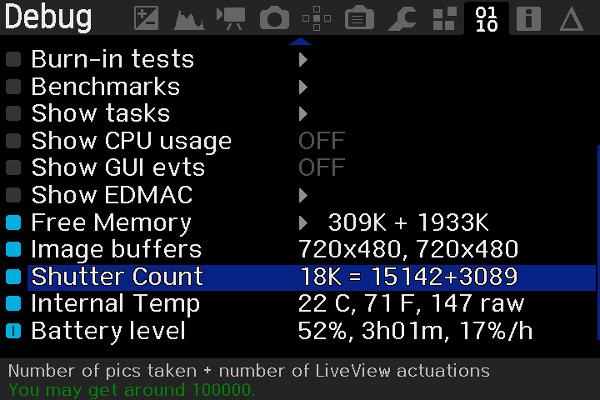

for sure, I can check the latest number on the computer and start the session form that. Also, it is visually when I have to service the camera. With Nikon I can get this information from the EXIF, so I started to use it. When I moved from film to digital, from Canon to Nikon & Fujifilm, I had to come up with the system However you could, most likely, use the Batch Rename facility to eliminate or otherwise change the name of the imported files after import. If so, no, currently there is no way to do that at import. So the function you need to influence is Import?Īnd you wish to use the camera allocated number from the file name but not the rest of the name? When I shoot with one camera, my typical file name structure is YYYYMMDD-XXXXX, where In what function do you wish to insert this count? Now I have to after shoot go through iMatvh and re-create the session to keep naming consistent iMatch lets me to rename images as I prefer. Not really critical for import as I use sessions for the commercial workĪnd, if I shoot to the card (not tethered) I use iMatch as the DAM software - it allows me to add some information to the images as well (Geo tags, for example). InfoDict.strip()] = line.Mostly, not for import. Stdout=subprocess.PIPE, stderr=subprocess.STDOUT, It can give metadata for most of the file formats but gives less information than Exif tool. Similar to exif tool, it is also a command line tool except that it's a python packageĪnd user can install it using pip install hachoir. However the drawback of using this method is it doesn't works with all the images. Refer any of the other post for this method. Thumbnail Image : (Binary data 5448 bytes, use -b option to extract) Interoperability Index : R98 - DCF basic file (sRGB)Įncoding Process : Baseline DCT, Huffman coding InfoDict.strip()] = line.strip()įull Tag list is here: """ ExifTool Version Number : 11.63ĭirectory : /Projects/ImageMetaData/ImagesĮxif Byte Order : Little-endian (Intel, II)Ĭanon Firmware Version : Firmware Version 1.10

Process = subprocess.Popen(,stdout=subprocess.PIPE, stderr=subprocess.STDOUT,universal_newlines=True) ''' use Exif tool to get the metadata ''' ( infoDict = #Creating the dict to get the metadata tagsĮxifToolPath = 'D:/ExifTool/exifTool.exe' #for Windows user have to specify the Exif tool exe path for metadata extraction. Please refer the below code snippet to get the meta data using exif tool. It is a command line tool and to use it in Python user have to create a subprocess and pass the tool and image file path as an argument. This is recommended approach to get the meta data as it gives more tags than any other way. You can now run ExifTool anywhere in your terminal by typing exiftool. You can install ExifTool on Ubuntu using the apt utility

There is couple of ways by which you can get the data from the file.


 0 kommentar(er)
0 kommentar(er)
